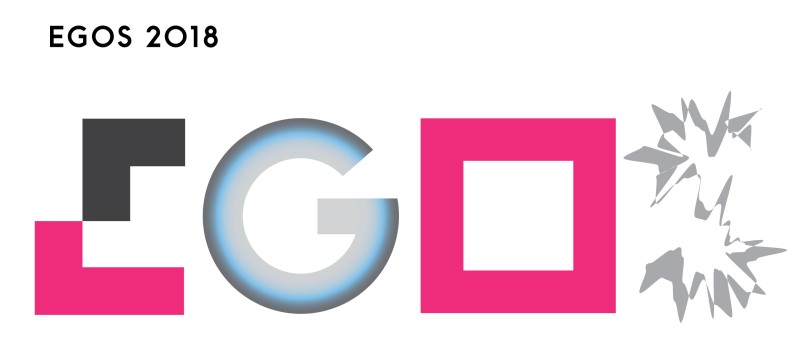Sub-theme 48: More to Talk About: Unexpected Roles of Language in Organizing
Call for Papers
To communicate something that convinces, surprises, resonates with, or simply makes sense to others hinges on a history
of language use. That history serves to interrelate communities, communications, practices, and vocabularies such that one
person can tell others something, be understood, and they can take action together. In the interdisciplinary community engaged
in studying organizations, examining language use is now common and a great source of insight. Yet the number of empirical
approaches and theoretical discussions is multiplying more rapidly than opportunities for cross-fertilization and integration.
The goal of this sub-theme is to provide a forum for bringing together a variety of empirical and theoretical approaches to
language. Juxtapositions are often a source of either integration or innovation, if not both. Both will advance our ability
to understand organizations.
One of the primary opportunities for integration is to bridge the divide between
structure and process, between words, narratives, meanings, metaphors, frames, repertoires, codes, vocabularies and so forth
on the one hand and discourse, rhetoric, speech acts, sensegiving, translating, and so forth on the other hand. There are
a few efforts to bridge structure and process already underway, such as work on narratives and narration (Vaara, Sonenshein
& Boje, 2016), work on frames and framing (Cornelissen & Werner, 2014), and work on vocabularies and communication
processes (Ocasio, Loewenstein & Nigam, 2015). But there is much more to be done on these efforts as well as alternative
approaches to consider.
A further opportunity for integration is to bring together methodological approaches
into a research toolkit. We study individual words, types of words, the items to which words apply, and word co-occurrences.
We study types of communications, types of communicators, and types of communicative situations. We use qualitative and quantitative
approaches, using old and new methodologies. Examining the same dataset using more than one methodological approach encourages
weighing these approaches’ distinctive capabilities and identifying their complementarities, and is another great bridging
opportunity.
Additional possibilities might be:
What is the pattern of emotional language use in organizations? Do some collectives have more emotionally laden vocabularies than others?
What words from one organization or collective spread to other audiences? How does that shape when and why those audiences think about the initiating collective?
What aspects of language use change rapidly and what aspects change slowly? How does this relate to Schein’s levels of culture?
Does copying how leaders talk foster rising in organizations? What aspects of their talk?
What does it mean for word use to resonate? Can latent categories, dimensions, or topics predict resonance?
Whose talk and which texts shape meanings? What ways do we have to trace the influence of a speaker or communication, and how can these help us understand coordination or change in organizations?
What happens when what a word indicates switches from bad to good or good to bad? What happens when frames flip? For example, the positive view of Enron changed rapidly into a negative view. What disappeared along with the positive view and why?
In short, we seek research that explicitly seeks to fit together different aspects of language so as to develop more innovative
and more integrated understandings of organizations and organizing. Surprise us!
References
- Cornelissen, J.P., & Werner, M.D. (2014): “Putting framing in perspective: A review of framing and frame analysis across the management and organizational literature.” Academy of Management Annals, 8 (1), 181–235.
- Ocasio, W., Loewenstein, J., & Nigam, A. (2015): “How streams of communication reproduce and change institutional logics: The role of categories.” Academy of Management Review, 40 (1), 28–48.
- Vaara, E., Sonenshein, S., & Boje, D. (2016): “Narratives as Sources of Stability and Change in Organizations: Approaches and Directions for Future Research.” Academy of Management Annals, 10 (1), 495–560.


